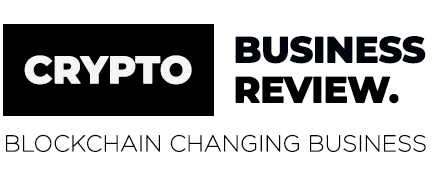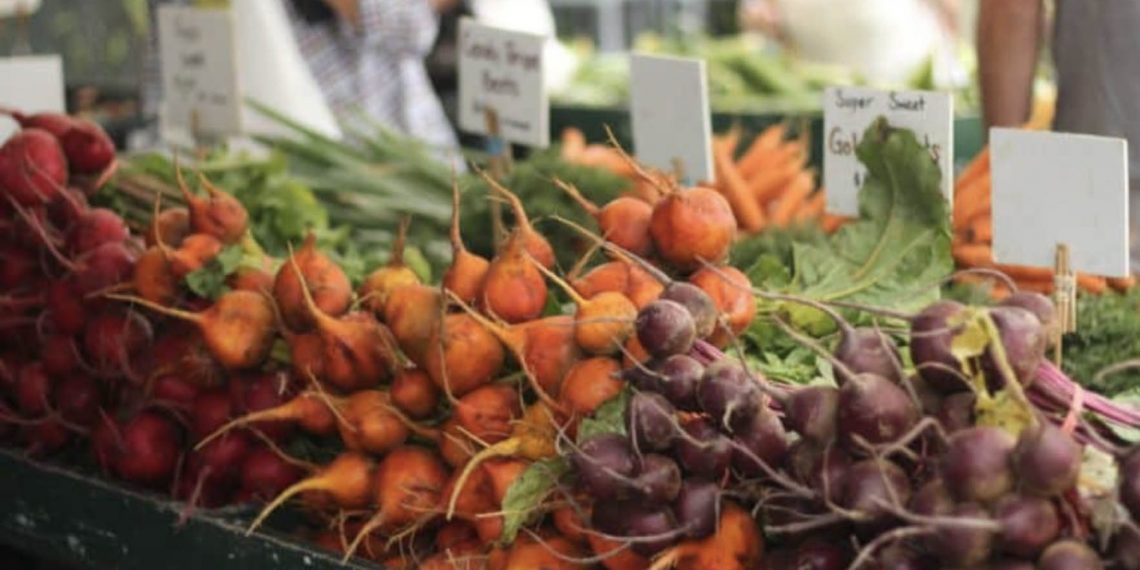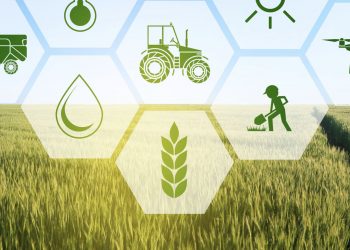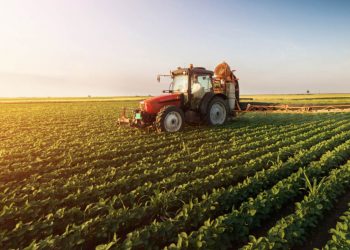According to the new market research report “Blockchain in Agriculture and Food Supply Chain Market by Application (Product Traceability, Payment and Settlement, Smart Contracts, and Governance, Risk and Compliance Management), Provider, Organization Size, and Region – Global Forecast to 2025″, published by MarketsandMarkets™, the market size is estimated to be USD 133 million in 2020 and is projected to reach USD 948 million by 2025, at a CAGR of 48.1% during the forecast period. One of the major factors driving the blockchain in the agriculture and food supply chain industry is the rise in concerns related to food safety worldwide. Many food manufacturers are now keen on detecting contamination in food products, rising global levels of food fraud, and the rising awareness amongst global producers, manufacturers, and retailers regarding the benefits of the use of blockchain in agriculture.
Download PDF Brochure: https://www.marketsandmarkets.com/pdfdownloadNew.asp?id=55264825
The product tracebility, tracking and visibility sub-segment, by application, is projected to dominate the market during the forecast period
A major benefit of using blockchain technology in retail and supply chain processes is its efficiency in facilitating the tracking and tracing of raw materials, finished goods, and merchandise to monitor it right from the provenance to the point it reaches the customer. Due to the changing or anticipated legislation changes in the Food and Drug Administration level, there is a possibility that more and more food and beverage organizations will be involved with track-and-trace initiatives due to online buying and selling. Consumers like the idea of a fully tracked food supply. They are increasingly attracted to technologies that instill trust in food data after years of food labels being manipulated by the industry.
The large enterprises sub-segment, by type, is projected to account for the largest market share in the blockchain in agriculture and food supply chain market
With an innovation-based approach, these enterprises can offer their clients the flexibility to go for customizable solutions that fit every need of the supply chain. This enables companies to gain higher demands in the market. Large companies, being established players invest highly in innovation and research so as to enhance their market positioning. Platforms such as IBM Food Trust support large ecosystems consisting of producers, suppliers, manufacturers, and retailers all in one place. This enables data integration for global markets and supply chains.
Browse in-depth TOC on “Blockchain in Agriculture and Food Supply Chain“
- 78 – Tables
- 46 – Figures
- 175 – Pages
The application and solution provider sub-segment, by the provider, is projected to account for the fastest growth in the blockchain in agriculture and food supply chain market
The introduction of technologically advanced blockchain solutions has witnessed high adoption in the agriculture and food supply chain industry, thereby fueling the overall market growth. Many startups offering applications such as e-payments, e-commerce, data analysis, smart contracts, etc. are emerging steadily in the global market. Also, governments around the globe are encouraging these startups by facilitating ease of establishment and financial supports. These are driving the growth of the segment.
North America is estimated to be the largest market
With strong support from the giant players and crucial investments in the technology sector, the region is estimated to account for the largest market share in blockchain in agriculture and food supply chains until 2025. The US organizations from logistics, retail and consumer goods, and food verticals widely adopt new technologies to serve customers better and continuously improve business efficiencies. Due to the robust supply chain infrastructure and technology companies, the US market for blockchain in agriculture and food is expected to dominate the overall North American market. Due to the spread of COVID-19, consumers in the North American region began forgoing public venues and preferred eating at home. This resulted in stocking up on groceries and supplies, boosting sales for the month by 29% over the prior year. However, the food stranded upstream is creating food-security risks for vulnerable populations. Thus, in these times, technology is playing a crucial in keeping the participants in the entire supply chain, including producers, manufacturers, and consumers, to stay updated on the condition of their products along the chain.
Request for Customization: https://www.marketsandmarkets.com/requestCustomizationNew.asp?id=55264825
Key Players:
The blockchain in agriculture and food supply chain market is dominated by few globally established players such as IBM (US), TE-FOOD International GmbH (Europe), Microsoft (US), ACR-NET (Ireland), Ambrosus (Switzerland), SAP SE (Germany), OriginTrail (Slovenia), and Provenance (UK). These players have adopted various growth strategies such as partnerships, agreements, collaborations, and new product launches to increase their global market presence.






